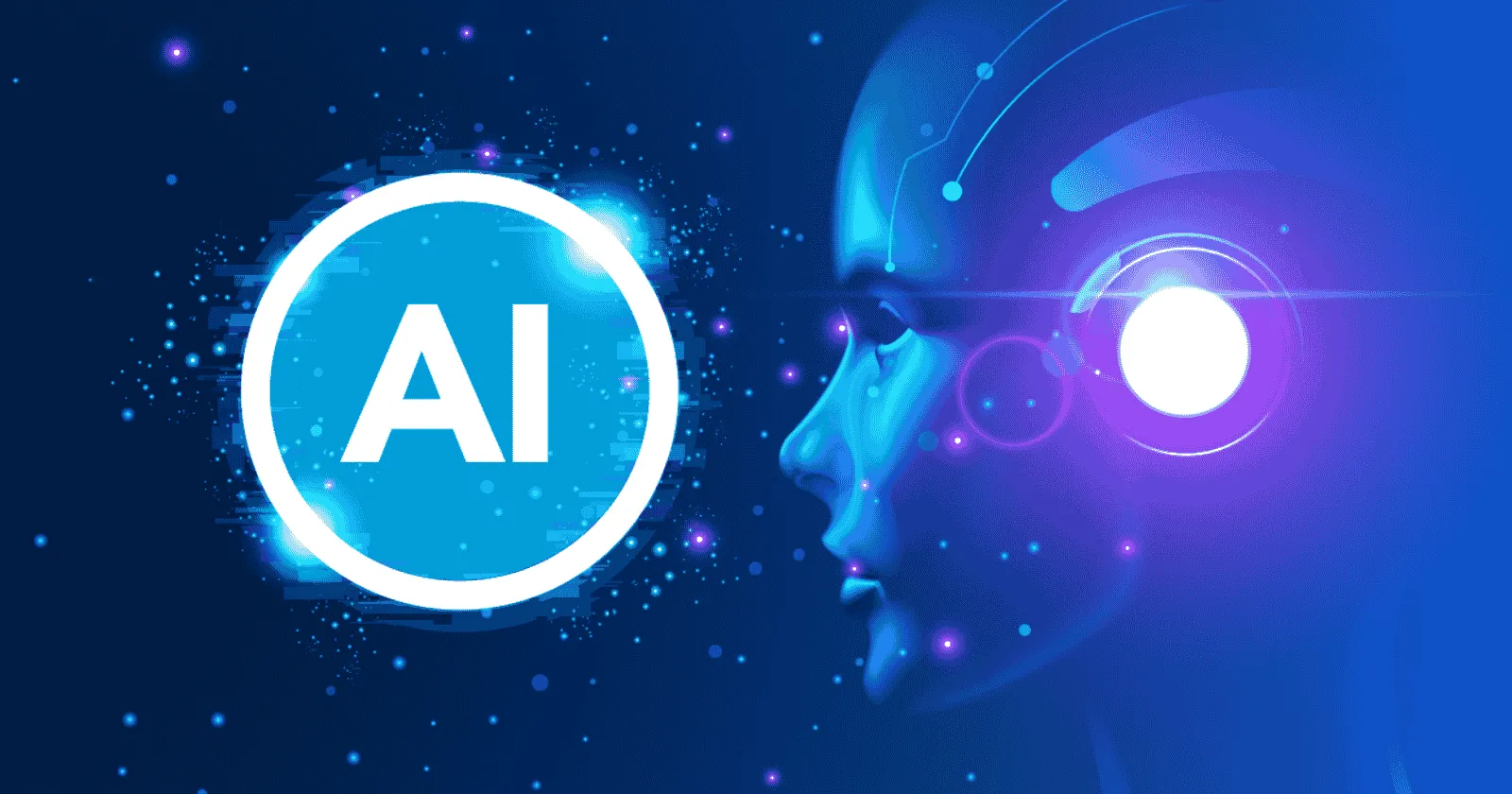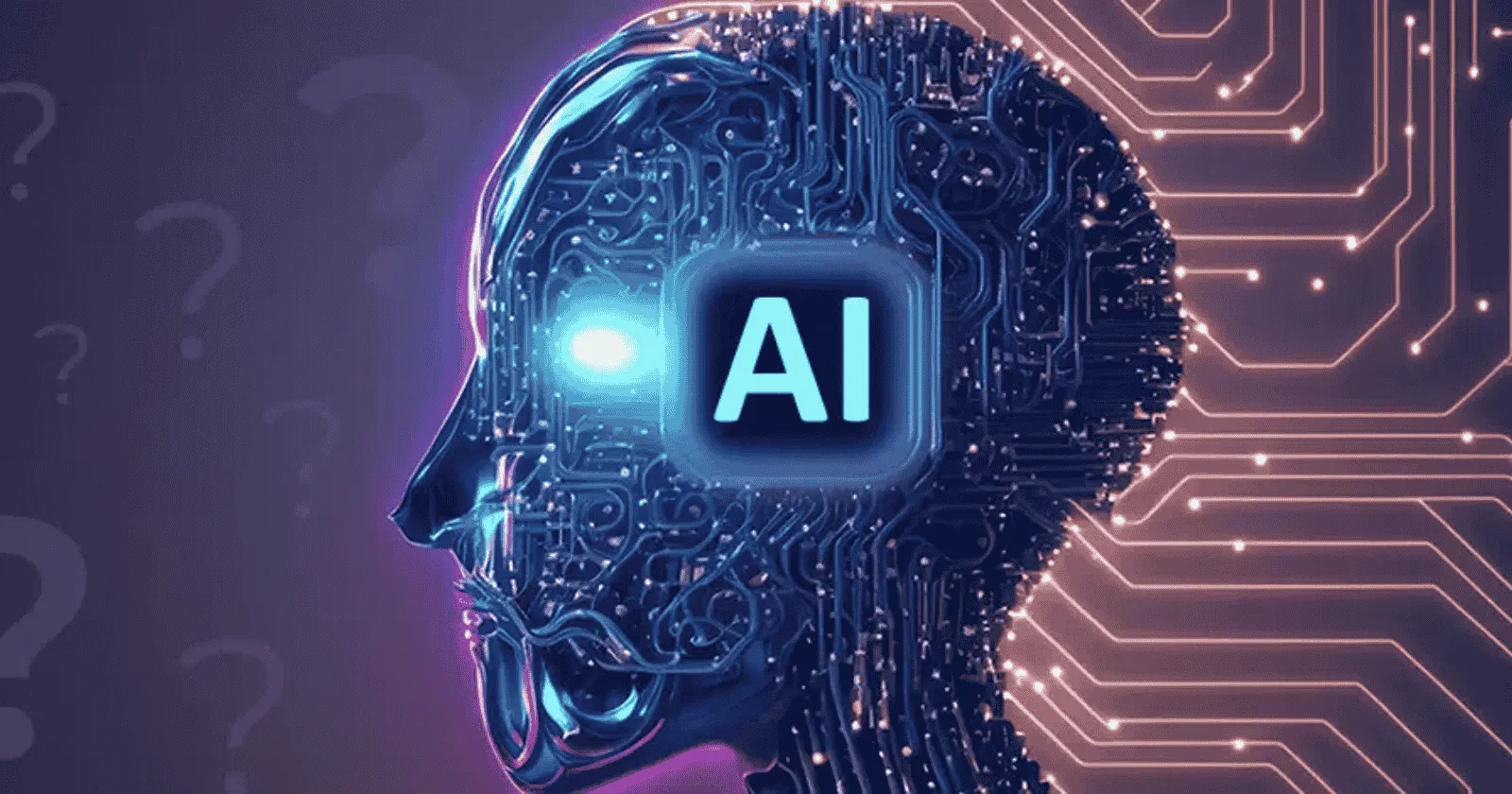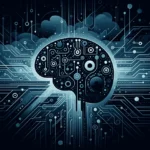AI Agent vs assistant difference ( 2025 Guide )
Business leaders are increasingly confused about which AI technology to invest in; according to a 2025 IBM survey, 68% of executives struggle to distinguish between AI agents and assistants, potentially misdirecting millions in technology investments.
TL;DR: AI agents and assistants represent two distinct approaches to artificial intelligence, with agents offering greater autonomy and assistants providing more collaborative support. This comprehensive guide explores their fundamental differences in capabilities, architecture, autonomy levels, and use cases. By understanding these distinctions, business leaders can make informed decisions about which technology best addresses their specific needs, avoiding costly implementation mistakes and maximizing ROI from their AI investments.
Table of Contents
- AI Agent vs assistant difference
- Why It Matters in 2025
- Core Differences Between AI Agents and Assistants
- 1. Autonomy and Decision-Making
- 2. Architectural Differences
- 3. Levels of Capability
- 4. Interaction Patterns
- Ideal Use Cases Comparison
- When to Use AI Assistants
- When to Use AI Agents
- Real-World Case Studies
- AI Assistant Success Story: Six Flags Theme Parks
- AI Agent Success Story: Hospital Radiology Department
- Pros & Cons
- AI Assistants
- AI Agents
- Implementation Costs and ROI
- Cost Factors
- ROI Timeframes
- How to Choose the Right Approach
- 1. Assess Your Use Case Requirements
- 2. Evaluate Organizational Readiness
- 3. Consider Hybrid Approaches
- 4. Develop a Phased Implementation Plan
- Key Takeaways
- Author Bio
- Frequently Asked Questions (FAQ)
AI Agent vs assistant difference
The terms “AI agent” and “AI assistant” are often used interchangeably, creating significant confusion in the marketplace. However, they represent fundamentally different approaches to artificial intelligence applications with distinct capabilities, limitations, and ideal use cases.
Featured Snippet Answer: AI assistants and AI agents differ primarily in their autonomy and purpose. Assistants like ChatGPT and Siri are reactive tools that respond to user commands, providing information or performing specific tasks when prompted. Agents are proactive, autonomous systems designed to operate independently, make decisions, and accomplish objectives with minimal human intervention using reasoning, planning capabilities, and access to external tools.
Why It Matters in 2025
The distinction between AI agents and assistants has never been more consequential than in 2025, for several compelling reasons:
- Exploding Market Size: The global AI agent market is projected to reach $7.63 billion in 2025 and grow at a remarkable CAGR of 45.8% through 2030, creating urgency for strategic investment decisions .
- Enterprise Adoption Surge: 93% of IT leaders have either already implemented AI agents or plan to do so within the next two years, underscoring the rapid shift from experimental to mission-critical deployments.
- Organizational Restructuring: Companies are creating dedicated roles and departments focused on agent management, with 42% of Fortune 500 companies now employing AI Agent Engineers or similar positions.
- Integration Complexity: As AI technologies become more embedded in business operations, the implementation challenges and integration requirements differ significantly between agents and assistants.
- Regulatory Landscape: Emerging AI regulations in 2025 often treat agents and assistants differently, with autonomous systems facing stricter oversight, especially in high-risk domains.
Making the wrong choice between an agent or assistant approach can result in significant wasted investment, missed opportunities, and potential competitive disadvantages as these technologies reshape entire industries.
Core Differences Between AI Agents and Assistants
To make informed decisions, business leaders must understand the fundamental distinctions between these technologies:
1. Autonomy and Decision-Making
AI Assistants:
- Primarily reactive systems that respond to user queries or commands
- Cannot initiate actions without explicit human prompting
- Suggest potential actions but defer final decisions to human users
- Typically follow a question-response interaction pattern
AI Agents:
- Proactive systems that can operate autonomously without continuous guidance
- Can initiate processes, make decisions, and take actions independently
- Execute complex workflows across multiple systems with minimal intervention
- Often have permission frameworks for different levels of autonomous action
Real-World Example: A customer service AI assistant might draft responses to customer inquiries for human review before sending, while an AI agent could independently respond to routine customer questions, escalating only complex issues to human staff.
2. Architectural Differences
AI Assistants:
- Typically built around a single large language model (LLM) or neural network
- Limited memory of conversation context within a single session
- Simpler integration with external tools, often through pre-defined APIs
- Generally operate within a contained environment with defined parameters
AI Agents:
- Composed of multiple specialized components working in coordination
- Include dedicated planning, reasoning, and execution modules
- Feature sophisticated memory systems that maintain context over extended periods
- Incorporate tool-use frameworks for interacting with diverse external systems
Technical Insight: AI agents commonly implement architectures like ReAct (Reasoning + Acting), Reflexion, or other frameworks that enable them to plan steps, execute actions, observe outcomes, and refine their approach iteratively.
3. Levels of Capability
AI Assistants:
- Excel at information retrieval and summarization
- Proficient at singular, well-defined tasks within their training domain
- Limited ability to connect multiple systems or processes
- Strong natural language understanding but weaker task execution
AI Agents:
- Can break down complex goals into manageable subtasks
- Capable of long-running processes with minimal supervision
- Able to use multiple tools and APIs to accomplish objectives
- Can adapt to unexpected situations by generating alternative approaches
The capability spectrum can be visualized as a continuum rather than a binary distinction:
| Capability | Basic Assistants | Advanced Assistants | Simple Agents | Advanced Agents |
|---|---|---|---|---|
| Autonomy | None | Limited | Moderate | High |
| Planning | None | Basic | Multi-step | Complex, adaptive |
| Memory | Session-only | Enhanced context | Persistent | Hierarchical, long-term |
| Tool Use | Minimal | Pre-configured | Multiple tools | Tool discovery, creation |
| Decision-Making | None | Suggestions only | Constrained choices | Independent with safeguards |
4. Interaction Patterns
AI Assistants:
- Predominantly conversational interfaces (text or voice)
- Structured around turn-taking interactions
- User must initiate each interaction cycle
- Explicit instructions required for most tasks
AI Agents:
- May operate without direct user interfaces
- Can sustain activity between human interactions
- Often work through events, triggers, or scheduled executions
- Capable of interpreting high-level objectives rather than explicit instructions
Example: An AI assistant might help draft an email when asked, while an AI agent might proactively monitor your inbox, prioritize messages, draft responses to routine inquiries, and alert you only about critical communications that require your attention.

Ideal Use Cases Comparison
Understanding which technology aligns with specific business needs is crucial for successful implementation:
When to Use AI Assistants
1. Collaborative Content Creation
- Scenario: Marketing teams working on campaign materials
- Value Proposition: Assistants excel at helping humans draft, refine, and improve creative content while keeping the human in control of the creative direction and final output.
- Example Implementation: Using ChatGPT or Claude to help draft email campaigns, blog posts, or social media content with human refinement.
2. Research Support and Information Synthesis
- Scenario: Analysts gathering and summarizing information for reports
- Value Proposition: Assistants can quickly retrieve, summarize, and organize information from various sources, saving human researchers significant time.
- Example Implementation: Financial analysts using AI assistants to summarize earnings reports and industry news for investment recommendations.
3. Learning and Skill Development
- Scenario: Employee training and education
- Value Proposition: Assistants provide personalized explanations, feedback, and guidance that adapts to individual learning styles and paces.
- Example Implementation: Programming assistants that help developers learn new languages by explaining concepts and reviewing code.
4. Customer Self-Service Support
- Scenario: Customer-facing help centers and support portals
- Value Proposition: Assistants deliver immediate, conversational responses to customer questions while maintaining a clear delineation between AI and human support.
- Example Implementation: Website chatbots that answer product questions and troubleshoot common issues before escalating to human agents.
When to Use AI Agents
1. Complex Process Automation
- Scenario: Operations requiring coordination across multiple systems
- Value Proposition: Agents can manage end-to-end processes that span different departments, applications, and data sources with minimal human intervention.
- Example Implementation: An AI agent that handles the entire customer onboarding process, from document verification to account setup and welcome communications.
2. Continuous Monitoring and Response
- Scenario: Situations requiring 24/7 vigilance and rapid action
- Value Proposition: Agents can continuously monitor systems, detect anomalies, and take corrective actions faster than human response times allow.
- Example Implementation: Security operations agents that monitor network traffic, identify potential threats, and automatically implement protective measures.
3. Personalized Customer Experience Management
- Scenario: Delivering customized customer journeys at scale
- Value Proposition: Agents can proactively manage customer relationships, anticipate needs, and deliver timely, personalized communications across multiple channels.
- Example Implementation: Retail agents that track customer behaviors, predict product interests, and orchestrate personalized marketing campaigns.
4. Resource Optimization
- Scenario: Dynamic allocation of limited resources
- Value Proposition: Agents can continually analyze conditions, predict needs, and optimize resource allocation more efficiently than static algorithms.
- Example Implementation: Supply chain agents that dynamically adjust inventory levels, production schedules, and shipping routes based on real-time demand signals.
Real-World Case Studies
Examining actual implementations provides valuable insights into how these technologies deliver business value:
AI Assistant Success Story: Six Flags Theme Parks
Challenge: Six Flags needed to improve guest experiences by providing faster, more accurate information about park attractions, wait times, and services.
Solution: The company implemented an AI assistant integrated with their mobile app and website that could answer guest questions and help them plan their visit.
Why an Assistant Was the Right Choice: The interactive nature of the guest experience required a conversational interface that could handle diverse questions while keeping humans in control of their park experience.
Results:
- 70% reduction in guest service wait times
- 85% of common questions successfully addressed without human intervention
- 24% increase in mobile app engagement
- Guests maintained control of their experience while receiving enhanced support
AI Agent Success Story: Hospital Radiology Department
Challenge: A major hospital system faced mounting backlogs in radiology readings, with critical findings sometimes delayed by hours or days.
Solution: Implementation of an AI agent system that autonomously monitors incoming radiology images, prioritizes scans based on potential urgency, and alerts appropriate specialists about critical findings.
Why an Agent Was the Right Choice: The continuous nature of incoming scans, the need for 24/7 monitoring, and the ability to coordinate across hospital systems required autonomous capabilities beyond what an assistant could provide.
Results:
- Critical findings identified 20% faster than previous workflows
- 38% reduction in reading backlogs
- Autonomous prioritization ensuring urgent cases receive immediate attention
- Significant workflow improvements allowing radiologists to focus on the most complex cases
Pros & Cons
AI Assistants
| Pros | Cons |
|---|---|
| Easier Implementation: Generally simpler to deploy and integrate into existing workflows | Limited Autonomy: Requires constant human direction and input |
| Greater Control: Humans maintain decision authority throughout processes | Efficiency Ceiling: Human involvement in every step limits scalability |
| Lower Risk Profile: Reduced likelihood of autonomous actions causing harm | Context Limitations: May struggle to maintain context across multiple sessions |
| User Familiarity: Builds on established patterns of human-computer interaction | Initiative Gap: Cannot proactively identify opportunities or issues |
| Transparency: Easier for users to understand capabilities and limitations | Scope Constraints: Typically limited to informational and advisory roles |
AI Agents
| Pros | Cons |
|---|---|
| Greater Efficiency: Can execute complete workflows with minimal supervision | Implementation Complexity: More complex to set up, test, and maintain |
| 24/7 Operation: Continuous functionality without human presence | Higher Risk: Potential for unintended consequences from autonomous actions |
| Scalability: Can handle increasing workloads without proportional staffing | Trust Barriers: Users may be reluctant to delegate significant autonomy |
| Proactive Capabilities: Can identify issues and opportunities independently | Explainability Challenges: Decision processes may be more opaque |
| System Integration: Stronger ability to coordinate across multiple tools and platforms | Governance Requirements: Needs robust oversight and permission frameworks |
Implementation Costs and ROI
Understanding the investment required and potential returns is essential for strategic planning:
Cost Factors
AI Assistants:
- Licensing: $10-100 per user per month for enterprise-grade solutions
- Integration: $20,000-100,000 for typical enterprise deployments
- Training: 2-4 weeks of user adoption efforts
- Maintenance: Relatively low ongoing costs, primarily usage-based fees
AI Agents:
- Development: $100,000-500,000+ for custom agent development
- Infrastructure: Higher computing requirements for continuous operation
- Integration: $50,000-250,000 for connecting to enterprise systems
- Governance: Additional costs for monitoring and control systems
- Maintenance: Ongoing optimization and supervision costs
Cost information last checked: April 2025
ROI Timeframes
Based on industry benchmarks and case studies:
- AI Assistants: Typically achieve ROI within 3-9 months, primarily through productivity gains and enhanced knowledge worker output.
- AI Agents: Usually require 9-18 months for ROI, but ultimately deliver higher total value through process automation and continuous operation.
The ROI calculation should consider both direct cost savings and strategic value creation:
| Value Category | AI Assistant Impact | AI Agent Impact |
|---|---|---|
| Labor Efficiency | 15-30% productivity improvement | 40-60% process automation |
| Error Reduction | 20-35% fewer human errors | 50-70% process error reduction |
| Customer Experience | Enhanced interactions | Transformed journeys |
| Operational Hours | Extended through assistance | 24/7 autonomous operation |
| Scaling Costs | Linear with usage | Diminishing marginal cost |
How to Choose the Right Approach
Follow this decision framework to select the appropriate technology for your specific needs:
1. Assess Your Use Case Requirements
- How much human judgment is essential to the process?
- What level of autonomy would deliver optimal value?
- Is the process well-defined with clear decision criteria?
- How time-sensitive are the required actions?
- What are the consequences of errors or suboptimal decisions?
2. Evaluate Organizational Readiness
- What is your technical team’s capability to implement and maintain AI systems?
- How mature are your data governance and security practices?
- What is the organization’s risk tolerance for autonomous technologies?
- How will existing workflows and roles be affected by the introduction of AI?
- What change management resources are available to support adoption?
3. Consider Hybrid Approaches
- Start with assistants for lower-risk functions and user familiarity
- Implement agents for specific high-value autonomous processes
- Create escalation paths between agent and assistant functionalities
- Design complementary roles where agents and assistants address different aspects of workflows
4. Develop a Phased Implementation Plan
- Begin with narrowly defined use cases that offer clear ROI
- Establish metrics to measure impact and success
- Create feedback loops to refine deployment based on real-world performance
- Plan for increasing capabilities and autonomy as trust and experience grow
Key Takeaways
- Fundamental Distinction: AI assistants are reactive, collaborative tools that enhance human capabilities, while AI agents are autonomous systems that execute tasks and make decisions independently.
- Architectural Differences: Assistants typically utilize a single LLM with limited memory, while agents employ complex architectures with planning, reasoning, and execution components.
- Use Case Alignment: Assistants excel at creative collaboration, research, and advisory functions; agents shine in process automation, monitoring, and resource optimization scenarios.
- Implementation Considerations: Assistants offer faster deployment and lower risk but limited autonomy; agents provide greater efficiency and scalability but require more complex implementation and governance.
- Future Trajectory: The boundary between assistants and agents will continue to blur as technologies evolve, but the fundamental distinction in autonomy will remain a key consideration for strategic implementation.
Author Bio
GPTGist (AI Strategist Team @ GPTGist) focuses on helping organizations leverage AI for growth and impact. Connect with us on LinkedIn.
Frequently Asked Questions (FAQ)
1. Is an AI agent always better than an AI assistant?
No. The right choice depends entirely on your specific use case. AI assistants excel in scenarios requiring human collaboration, creativity, and final judgment. They’re ideal when the goal is to enhance human capabilities rather than replace them. AI agents are superior for well-defined processes that benefit from continuous autonomous execution, especially those requiring coordination across multiple systems or 24/7 operation without human supervision. Many organizations implement both technologies for different purposes.
2. What are the main technical components that make an AI agent different from an assistant?
AI agents typically incorporate several technical components absent or less developed in assistants: (1) Planning modules that break down goals into sequential steps; (2) Self-monitoring capabilities that evaluate progress and adapt strategies; (3) Advanced memory systems that maintain context across sessions and tasks; (4) Tool-use frameworks that allow interaction with multiple external systems; and (5) Decision engines that apply criteria to make choices autonomously. These components work together to enable the agent’s independence and ability to operate with reduced human oversight.
3. What industries are seeing the fastest adoption of AI agents versus assistants?
Financial services, healthcare, and supply chain/logistics are leading AI agent adoption due to their need for continuous operations, rule-based decision making, and complex system integration. These industries benefit from agents’ ability to monitor transactions, patient conditions, or inventory levels 24/7 and take appropriate actions. Creative industries, professional services, and education favor AI assistants, valuing their collaborative nature and ability to enhance human creativity and decision-making while maintaining professional judgment and control.
4. How do privacy and security concerns differ between AI agents and assistants?
AI agents typically present greater privacy and security challenges than assistants because of their increased autonomy and system access. Their ability to operate independently and interact with multiple systems creates larger attack surfaces and data exposure risks. Consequently, agents require more robust permission frameworks, monitoring systems, and governance controls. Organizations implementing agents should establish clear boundaries for autonomous action, comprehensive audit trails, and emergency override mechanisms. Assistants, with their human-in-the-loop approach, inherently contain some risk through mandatory human review steps.
5. How will the distinction between agents and assistants evolve over the next few years?
The boundary between AI agents and assistants will become increasingly nuanced as technologies advance. We’ll see the emergence of more hybrid systems that can operate in either mode depending on context and risk levels. Assistants will gain greater persistent memory and limited autonomous capabilities, while agents will develop better explainability and human collaboration features. However, the fundamental distinction—whether the system primarily enhances human capabilities or independently executes tasks—will remain relevant for the foreseeable future, particularly as regulations increasingly differentiate requirements based on autonomy levels.





